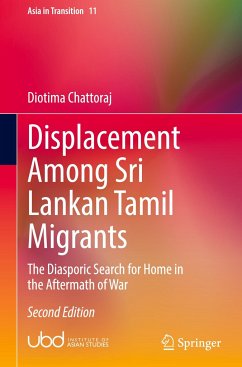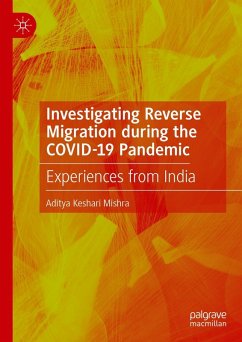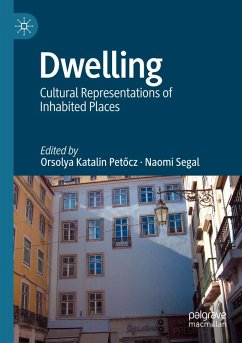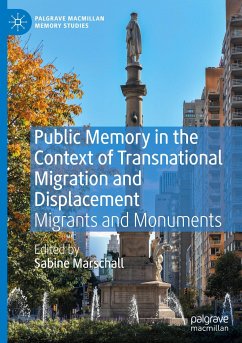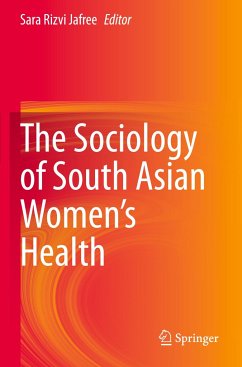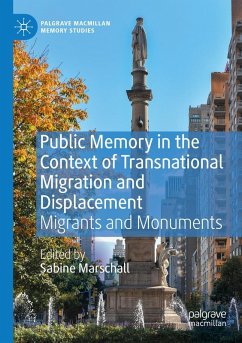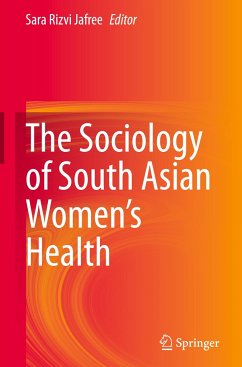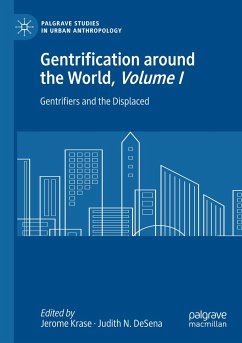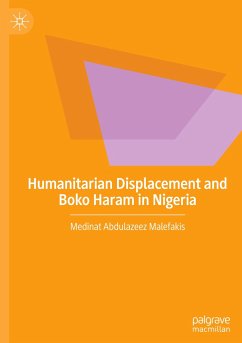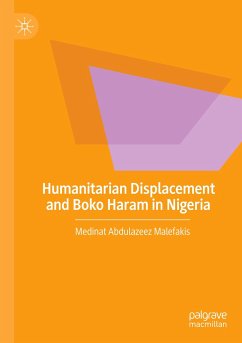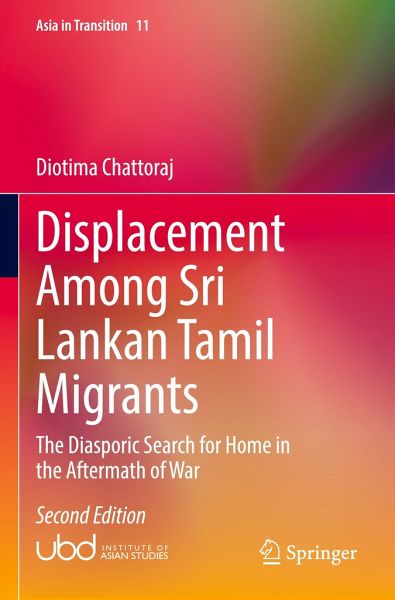
Displacement Among Sri Lankan Tamil Migrants
The Diasporic Search for Home in the Aftermath of War
Versandkostenfrei!
Versandfertig in 6-10 Tagen
83,99 €
inkl. MwSt.
Weitere Ausgaben:

PAYBACK Punkte
42 °P sammeln!
This book focuses on the concept of 'home' or 'place of origin' (expressed in Tamil as 'Ur') and its various dimensions, in turn related to issues of belonging, attachment, detachment, and commonality among the war-affected population in the post-war era of Sri Lanka. Little research has been undertaken on displacement and forced migration since the end of the war, and so this book provides new insight into the intersections between externally and internally displaced people and notions of home in relation to gender, age, caste and class. It excavates the roots of the problem of not being able...
This book focuses on the concept of 'home' or 'place of origin' (expressed in Tamil as 'Ur') and its various dimensions, in turn related to issues of belonging, attachment, detachment, and commonality among the war-affected population in the post-war era of Sri Lanka. Little research has been undertaken on displacement and forced migration since the end of the war, and so this book provides new insight into the intersections between externally and internally displaced people and notions of home in relation to gender, age, caste and class. It excavates the roots of the problem of not being able to return due to combinations of uncertainty, unemployment, and the loss of people and property. The author shows that notions of 'home' vary considerably depending on multiple variables, and this is particularly pronounced between the different generations. The book also confronts how the migration from Sri Lanka over the border to India has brought on discernible changes to the lives ofwomen in particular, in transforming their identities in multiple re-invented cultural manifestations, and cultivating a new kind of attachment towards their new homes. Interdisciplinary in tenor, this book will be of interest to scholars in development studies with a focus on South Asia, as well as graduate students and researchers in the fields of migration, conflict studies, Sri Lanka studies, and sociology. It may also have an impact on policymakers owing to its comprehensive, empirically-based analysis of the consequences of the Sri Lankan civil war for Tamils.





